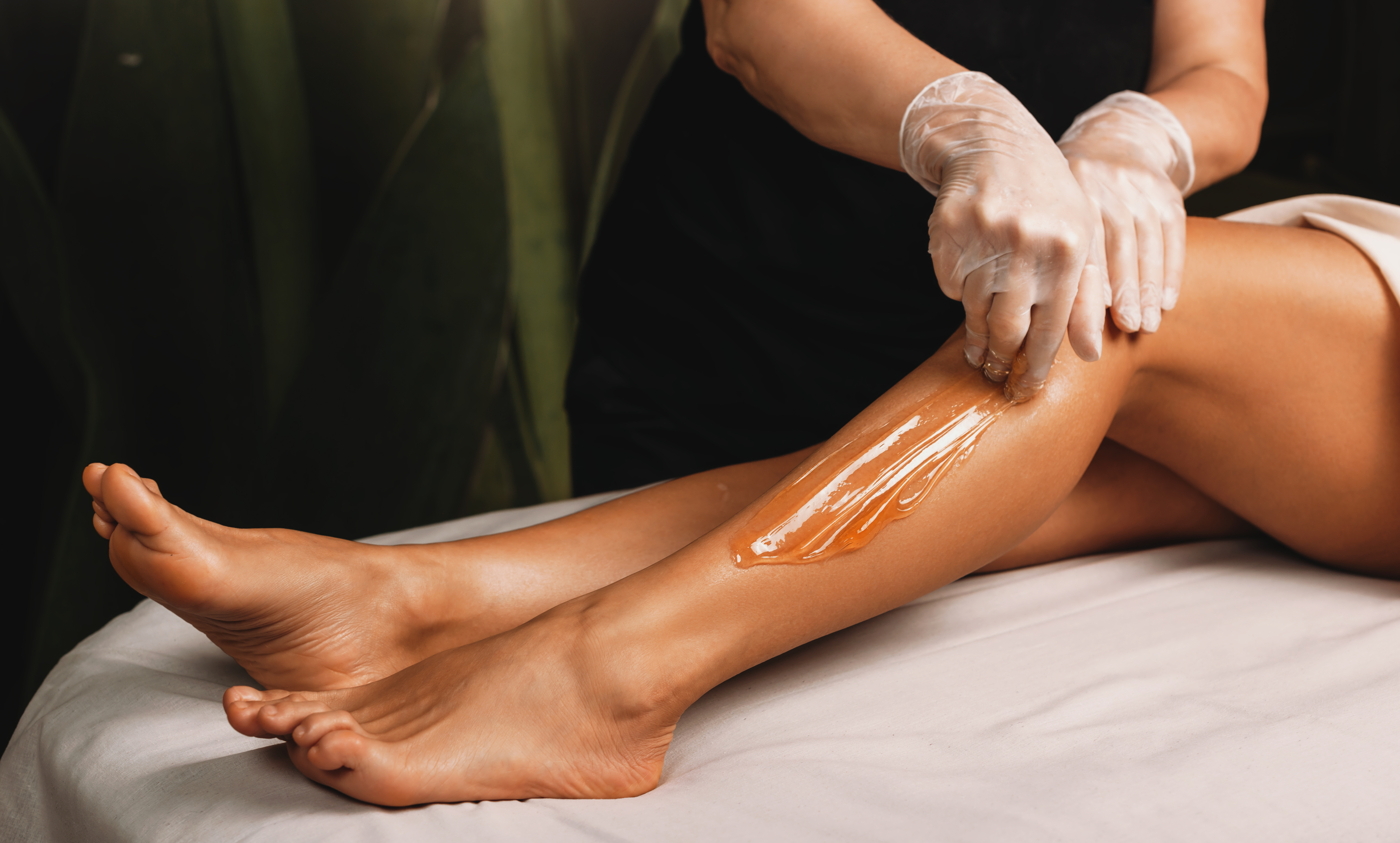Waxing remains one of the most widely used methods for removing unwanted body hair. It’s fast, convenient, and — because hair is extracted from the root — effects last much longer than shaving.
If you plan to wax at home, you might be wondering which wax variety to pick. There are two main kinds: soft wax and hard wax.
Both types effectively pull hair from the follicle, but hard wax tends to be preferable for smaller, more delicate zones such as the bikini area. Soft wax, in contrast, is often a better choice for larger surfaces like the legs.
This piece outlines the differences between hard and soft wax, reviews the advantages and disadvantages of each, and aims to help you select the wax that best fits your needs.

What is hard wax?
For sensitive areas (we’re looking at you, Brazilian wax), hard wax is usually the preferred option. That’s because hard wax grips the hairs rather than clinging tightly to the skin, which makes the removal process gentler.
“Because hard wax adheres only to the hair, you can treat and re-treat spots to ensure all hairs are removed without injuring the skin,” says New York City dermatologist Hadley King, MD.
Hard wax has a thicker consistency than soft wax and functions by solidifying on the skin — hence the name. Once it sets, you peel it off with your hands, so no cloth strips are required. That helps make the experience less painful.
Experts often recommend hard wax for the bikini line, underarms, and facial areas.
Some at-home hard wax kits you might consider include:
Pros and cons of hard wax
- It’s kinder to the skin, especially in sensitive zones like the face and bikini area.
- No fabric strips are needed to remove the wax and hair.
- Generally less painful to pull off than soft wax.
- Usually leaves behind less sticky residue.
- Applying and removing it can take longer when used on bigger areas like legs or arms.
- Because it hardens and detaches by itself, it can sometimes crack off before you intend to remove it.
- The wax must be heated before application.
How to use hard wax
If hard wax sounds like the right match, follow these steps:
- Cleanse the skin where you plan to wax.
- Apply a pre-wax oil, such as grapeseed oil, to form a barrier between the wax and your skin. This helps protect the skin.
- Heat the wax to about 130°F. It should be warm but not scalding. The simplest and safest approach is to use a wax warmer, preferably one with a temperature gauge so you can confirm the ideal heat.
- Spread the wax in the direction the hair grows using a spatula.
- Let it harden, then remove it against the direction of hair growth.
What is soft wax?
Soft wax attaches to both your hair and your skin. That means the outermost layer of skin can lift off when the wax is removed.
Dr. King notes this is why soft wax tends to be more painful than hard wax.
Unlike hard wax, soft wax must be taken off using a cloth or paper strip, which can leave the skin red and irritated afterward.
Because the top layer of skin can be removed along with hair, King recommends avoiding retreating the same spot right away if some hairs remain after the first application.
Soft wax performs best on broad areas like the back, legs, and arms.

Pros and cons of soft wax
Pros
- Works well on larger body regions such as legs, back, and arms.
- Often less expensive than hard wax options.
- Less likely to flake or break off prematurely.
- Can be applied at lower temperatures.
Cons
- Requires a strip to strip away the wax and hair.
- Removal is generally more painful than with hard wax.
- Higher chance of skin irritation if you reapply wax to the same area multiple times.
- Greater risk of skin damage if used improperly.
How to use soft wax
If soft wax seems like the better fit, follow these steps:
- Clean the area you want to wax.
- If required, warm the wax to the temperature recommended by the product.
- Hold the skin taut while applying the wax.
- Spread a thin layer of wax with a spatula, moving in the direction of hair growth and smoothing it evenly.
- Place a waxing strip over the wax and rub it firmly.
- With the skin held tight, pull the strip off quickly against the direction of hair growth.
Some at-home soft wax choices to consider include:
Are there any risks involved with waxing?
No matter which wax you choose, the U.S. Food and Drug Administration (FDA) warns against waxing if you have diabetes or circulation issues.
The FDA also advises avoiding waxing over varicose veins, warts, or moles. Wax shouldn’t be used on eyelashes, nipples, inside the nose or ears, or on sunburned or irritated skin.
Additionally, the American Academy of Dermatology recommends stopping retinoid creams at least 2 to 5 days before waxing.
If redness or swelling persists beyond 2–3 days after waxing, or if irritation seems to be worsening, contact your healthcare provider.
The bottom line
Both hard and soft waxes remove hair effectively and can be used at home.
Hard wax is milder on the skin, ideal for sensitive regions, and tends to be less painful to remove. Soft wax is more practical for large areas like legs and back.
If you’re new to waxing, consider booking an appointment with a licensed esthetician or dermatologist for your first session. They can demonstrate proper technique for both hard and soft wax and offer guidance on safe at-home waxing practices.


















Leave a Reply
You must be logged in to post a comment.